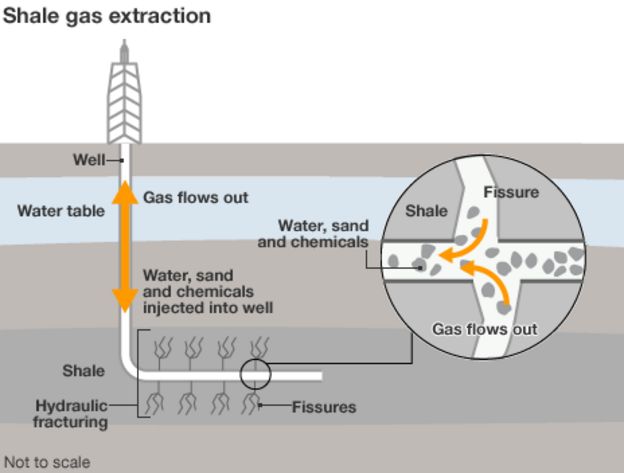Questions I Have About Earthquakes?
Earthquakes occur when two or more tectonic plates move against each other generating waves which shake the ground. There are many types of earthquakes but the most dangerous is subduction when the densest plate is being forced down underneath the less dense plate either causing trenches or mountains/volcanoes. If an earthquake is shallow it causes more destruction because it's closer to the surface of the earth.
What is the magnitude of an earthquake and how are they measured?
The magnitude measures the amount of energy released during an earthquake. An Earthquakes magnitude is measured using the Richter Scale which measures from 0 to 10. 10 being the strongest. 0 being the lowest. A magnitude 10 earthquake has never been experienced but the largest earthquake ever recorded was in 1960 in Chile with a magnitude of 9.5. Every time you jump up one number on the Richter scale the energy released is 10 times greater.
Can you predict earthquakes?
Possibly, but scientists can only identify areas where the earthquake might occur they can't predict the exact time or date it will happen.
Can humans cause earthquakes?
Possibly, but only small shakes and rumbles in the ground small enough to barely feel it. This happens through hydraulic fracturing. Commonly known as fracking. Fracking is a technique used to access oils and natural gases deep down in the earth crust. Or mining but I will elaborate on fracking.
How does fracking work?
Millions of years ago organisms had died and layers were forming on top of them. The intense heat and pressure under the earth's crust caused the organisms to break down into liquid creating oil and naturals gases. The technique of fracking allows the oil and natural gas to be extracted out.
Fracking works by drilling a wellbore ( really long hole ) into the earth's surface. When the wellbore reaches 2.5km to 3km ( these numbers may vary depending on where the oil and gas is ) in the ground it's at its kick-off point. The wells which surround the interior of the drill is created with steel and cement so they do not burst open due to the pressure of the water. Then the drill turns 90 degrees and starts drilling horizontally for approximately 1.5 km through a compressed shale rock formation ( compressed silt and clay ). Next, a specialized preformatting gun enters and a series of small shots are fired creating holes in the compressed shale rock. These holes are about 1 inch long that bursts from the drill and into the rock layer. After 3 to 4 months of the original drilling, the well is ready for fracking to start.
Fracking fluid is pumped into the well with an intense amount of pressure which causes the shale rock to crack creating holes. These holes open the way for the oil and natural gas to flow out. In the fracking fluid, clay and sand are added so that the oil and gases can keep flowing even after the pressure is released.
Where do earthquakes commonly occur?
Earthquakes occur on fault lines in the earth and the edges of plates. But mostly are common near the edge of the plate. Fault lines are cracked sections in the earth where plates are moving in various directions. Faults are caused by sliding and bumping. The worlds biggest earthquake belt is found along the rim of the pacific ocean. Also known as the ring of fire it is where 81 % of all earthquakes happen. This ring of fire exists along plate boundaries where most of the subducting happen.
What are body waves and surface waves?
Earthquakes produce three types of seismic waves p waves, s waves and surface waves, however, they all move through the earth differently. Surface waves are waves that travel across the surface of the earth whereas the body waves travel through the interior or the "body" of the earth. There are two types of surface waves rally waves and love waves. Rally waves are when the ground moves up and down whereas love waves are when the ground moves side to side ( left to right ). Body waves are of two types primary waves and secondary waves. On average, P waves move faster than s waves. P waves are the first to reach any location after an earthquake happens. Primary waves can travel through solids, gases and liquids. However, S waves are the second to arrive at the location after an earthquake even though they start at the same time as primary waves. Secondary waves can travel through solids but not through liquids or gases. S waves travel at half the time of P waves.
What is an aftershock?
An aftershock is a smaller earthquake following the shock of a large earthquake. Aftershocks don't mean a larger earthquake is about to hit. It means that the plates are slightly adjusting. An aftershock may occur hours or days after the major earthquake.



No comments:
Post a Comment
Note: only a member of this blog may post a comment.